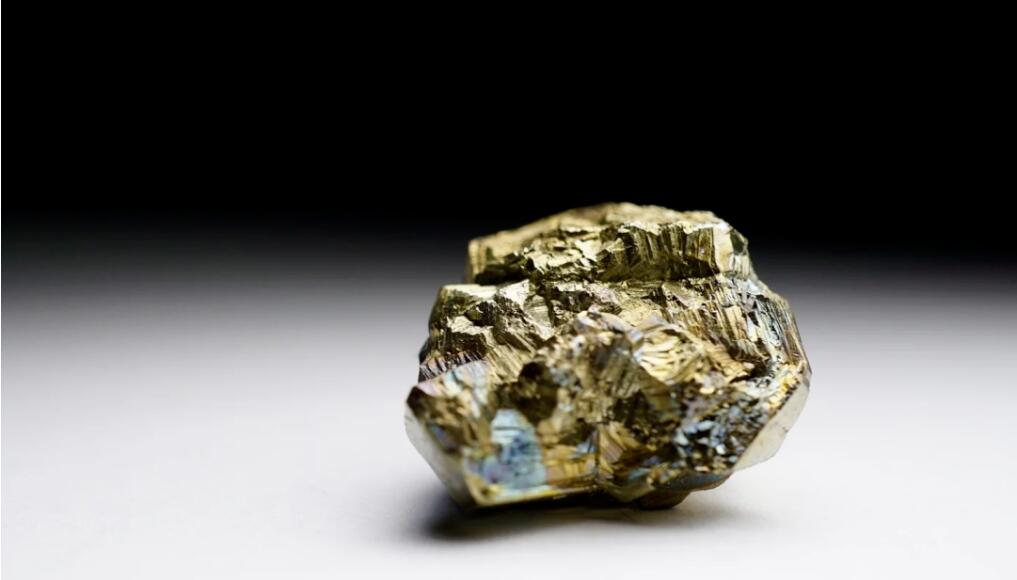-
Rare Earth Weekly Review from August 7th to August 11th – Stable Growth and Observing the Tight Balance between Supply and Demand of Mainstream Products
This week (8.7-8.11, the same below), although the overall transaction volume of the rare earth market was lower than expected, the trend was relatively stable, with the main varieties tightening in spot prices and a certain degree of reluctance to sell, driving up the tradable spot prices. Some ...Read more -
On August 8, 2023, the price trend of rare earths.
product name price highs and lows Metal lanthanum (yuan/ton) 25000-27000 - Cerium metal (yuan/ton) 24000-25000 - Metal neodymium (yuan/ton) 585000~595000 +10000 Dysprosium metal (yuan /Kg) 2920~2950 - Terbium metal (yuan /Kg) 9100~9300 - Pr-Nd metal (yuan...Read more -
Nano europium oxide Eu2O3
Product name: Europium oxide Eu2O3 Specification: 50-100nm, 100-200nm Color: Pink White White (Different particle sizes and colors may vary) Crystal form: cubic Melting point: 2350 ℃ Bulk density: 0.66 g/cm3 Specific surface area: 5-10m2/gEuropium oxide, melting point 2350 ℃, insoluble in water, ...Read more -
On August 7, 2023 The Price Trend of Rare Earths
product name price highs and lows Metal lanthanum (yuan/ton) 25000-27000 - Cerium metal (yuan/ton) 24000-25000 - Metal neodymium (yuan/ton) 575000-585000 - Dysprosium metal (yuan /Kg) 2920~2950 +10 Terbium metal (yuan /Kg) 9100~9300 +100 Pr-Nd metal (yuan...Read more -
Rare earth military materials – rare earth terbium
Rare earth elements are indispensable for the development of high-tech such as new energy and materials, and have wide application value in fields such as aerospace, national defense, and military industry. The results of modern warfare indicate that rare earth weapons dominate the battlefield, r...Read more -
On August 3, 2023, the price trend of rare earths.
product name price highs and lows Metal lanthanum (yuan/ton) 25000-27000 - Cerium metal (yuan/ton) 24000-25000 - Metal neodymium (yuan/ton) 575000-585000 +5000 Dysprosium metal (yuan /Kg) 2900-2950 - Terbium metal (yuan /Kg) 9000-9200 - Pr-Nd metal (yuan/...Read more -
Lanthanum element for solving Eutrophication of water body
Lanthanum, element 57 of the periodic table. In order to make the periodic table of elements look more harmonious, people took out 15 kinds of elements, including lanthanum, whose Atomic number increases in turn, and put them separately under the periodic table. Their chemical properties are si...Read more -
Thulium laser in Minimally invasive procedure
Thulium, element 69 of the periodic table. Thulium, the element with the least content of rare earth elements, mainly coexists with other elements in Gadolinite, Xenotime, black rare gold ore and monazite. Thulium and lanthanide metal elements coexist closely in extremely complex ores in nat...Read more -
July 24th – July 28th Rare Earth Weekly Review – Narrow Range Oscillation
Tea has only two postures - sinking or floating; Tea drinkers only have two actions - picking up or putting down, rare earth market or many different postures and actions, and holding steady. Looking at the tea leaves floating in the cup, thinking of this week's (July 24th -28th) rare earth marke...Read more -
The price trend of rare earths on July 26, 2023.
product name price highs and lows Metal lanthanum (yuan/ton) 25000-27000 - Cerium metal (yuan/ton) 24000-25000 - Metal neodymium (yuan/ton) 570000-580000 - Dysprosium metal (yuan /Kg) 2900-2950 - Terbium metal (yuan /Kg) 9200-9400 - Pr-Nd metal (yuan/ton)...Read more -
The price trend of rare earths on July 24, 2023
The price trend of rare earths on July 24, 2023 product name price highs and lows Metal lanthanum (yuan/ton) 25000-27000 - Cerium metal (yuan/ton) 24000-25000 - Metal neodymium (yuan/ton) 560000-570000 +10000 Dysprosium metal (yuan /Kg) 2900-2950 +100 Terbium m...Read more -

Rare earth permanent magnets are exploding! Humanoid robots open up long-term space
Source: Ganzhou Technology The Ministry of Commerce and the General Administration of Customs recently announced that, in accordance with relevant regulations, they have decided to implement export controls on gallium and germanium related items starting from August 1 of this year. According to ...Read more